Rainy Season in Maui: A Comprehensive Guide to Weather Patterns and Travel Tips
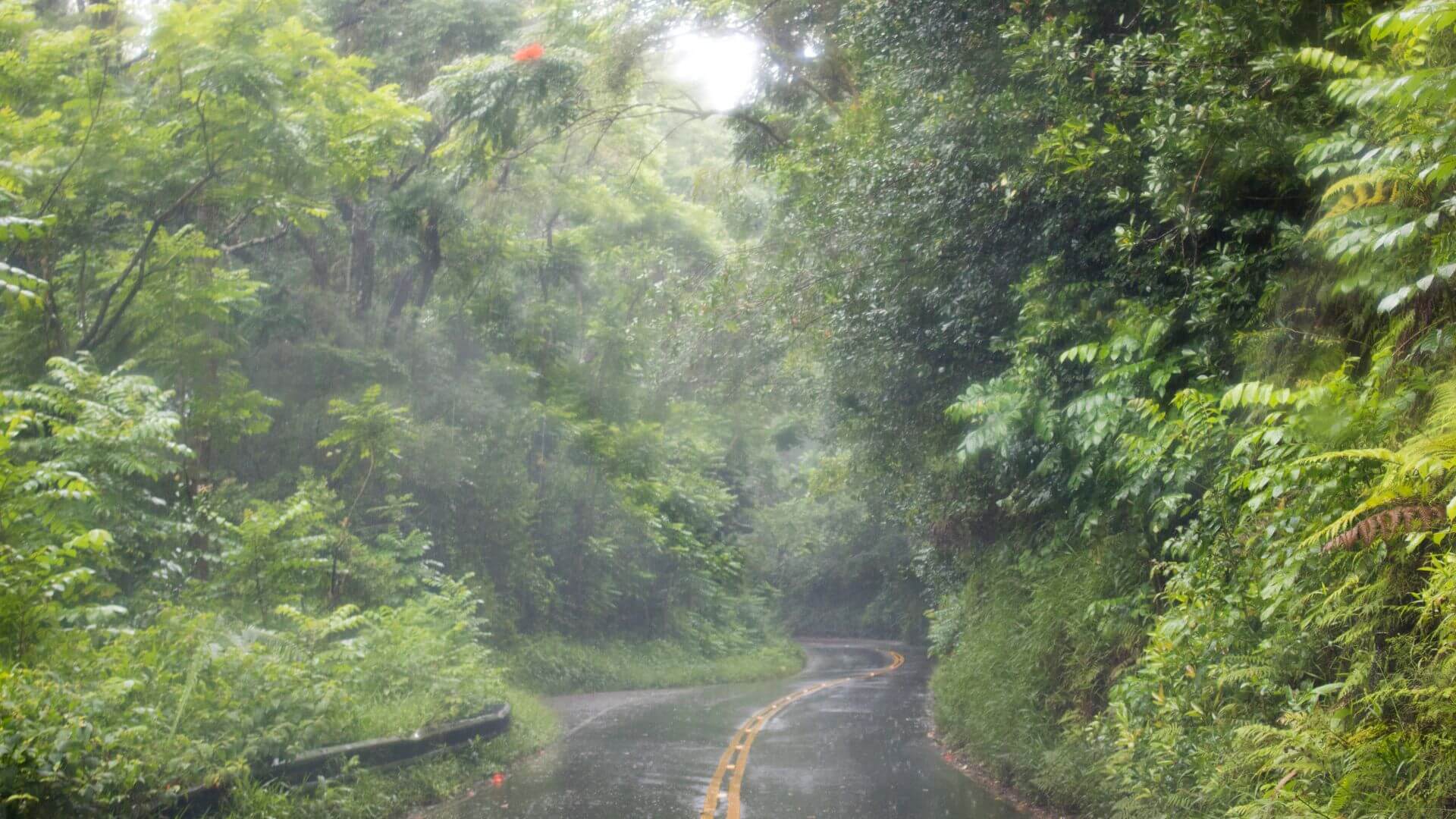

Aloha! | E Komo Mai
The rainy season in Maui, occurring from November to March, introduces diverse weather patterns to the island. Your experience may vary depending on where and when you travel, with certain areas seeing more rainfall than others. Whether it’s packing tips or activity suggestions, this brief guide aims to help you prepare for and enjoy Maui’s rainy season, rainbows included.
Key Takeaways
- Maui’s rainy season transforms the landscape, influenced by the northeast trade winds creating microclimates and showcasing nature’s diversity from November to March.
- Rainfall in Maui varies drastically by region – the West Maui Mountains can receive almost daily showers while Lahaina remains much drier, with the windward side facing consistent rain patterns.
- Despite the rainy season, Maui is still ripe with activity options ranging from indoor museums and galleries to outdoor adventures, but pack wisely for changing weather and stay updated on safety advisories.
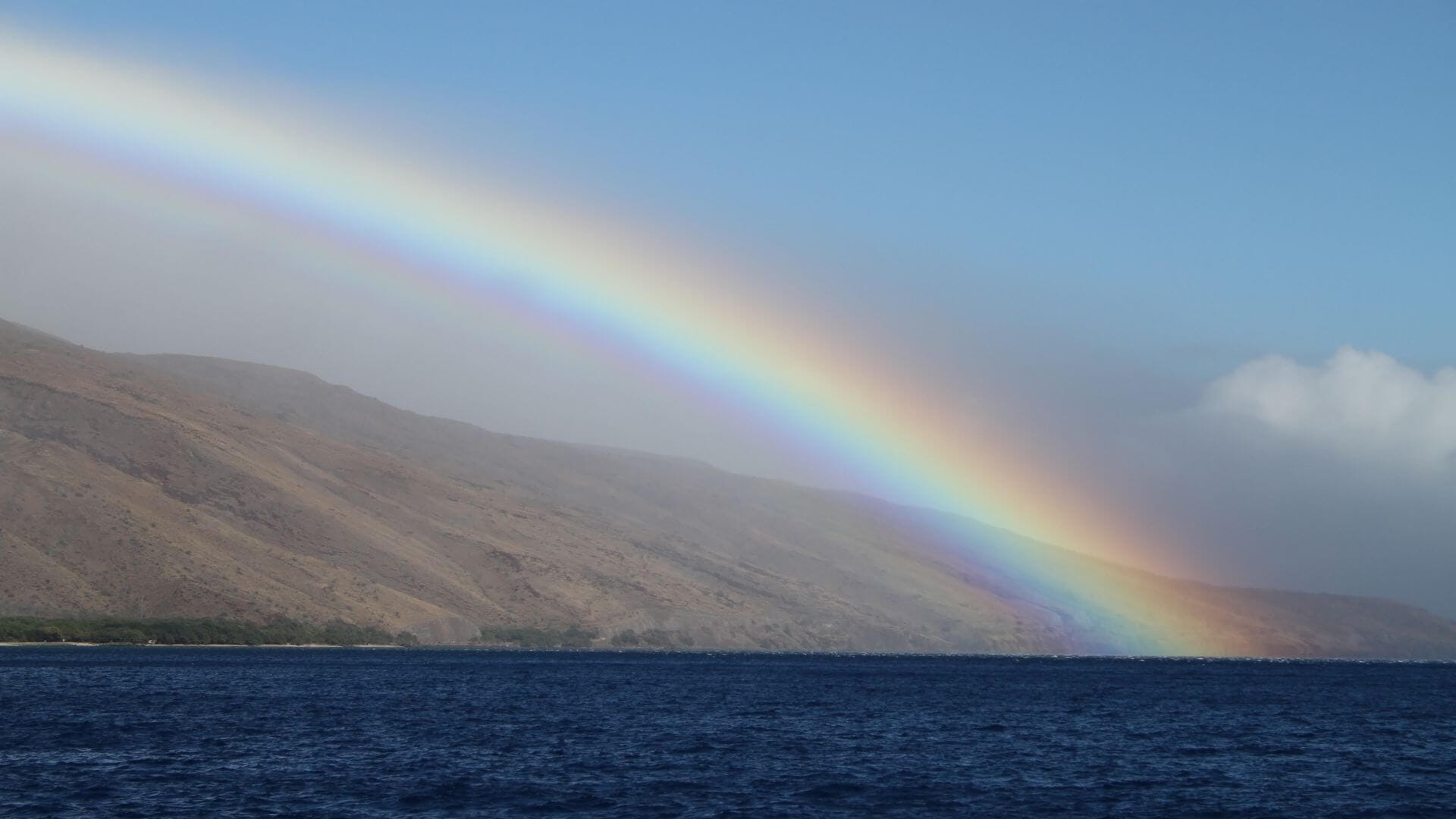
Understanding Maui's Rainy Season
The rainy season in Maui is truly a spectacle, where nature puts on a mesmerizing show of cloud formations, rain showers, and rainbows. Two key factors play a significant role in shaping this spectacle – the steady northeast trade winds and the island’s diverse topography.
But how do these factors combine to produce such a unique weather phenomenon? Let’s explore this further.
Maui Trade Winds and Rainfall
Trade winds, those steady breezes blowing from the northeast, are the lifeblood of Hawaii’s weather patterns. For about 80% of the year, they sweep across the Pacific, gathering moisture and warmth from the ocean before arriving at Maui’s shores. As they hit the northeast slopes of Haleakala, they are forced upward, leading to the formation of clouds and rain showers. This makes areas like the West Maui Mountains a hotspot for rainfall, as warm, moist ocean air is channeled into the region, creating the unique Hawaii weather experience.
Trade winds, however, are not the sole influencers of Maui’s weather. From time to time, the Kona Winds from the south come into play. These winds are weaker than trade winds and can carry volcanic fog from the Big Island’s volcanic activity. However, they don’t significantly contribute to rainfall.
Maui Island Geography and Microclimates
Maui’s geography is as diverse as it gets, boasting 17 unique microclimates ranging from desert-like regions to rainforests and mountainous areas. Here are some of the different climates you can find on the island:
- Lush rainforests in the Haiku district
- Contrasting dry and wet sides of Makawao in Upcountry Maui
- Central Maui, nestled between mountains, is typically warmer with higher humidity and less wind
- The windward side is characterized by significant rainfall and high wind activity
While you may enjoy warm temperatures at lower elevations, should you plan to venture to higher elevations, expect cooler temperatures accompanied by more mist and more rain showers.
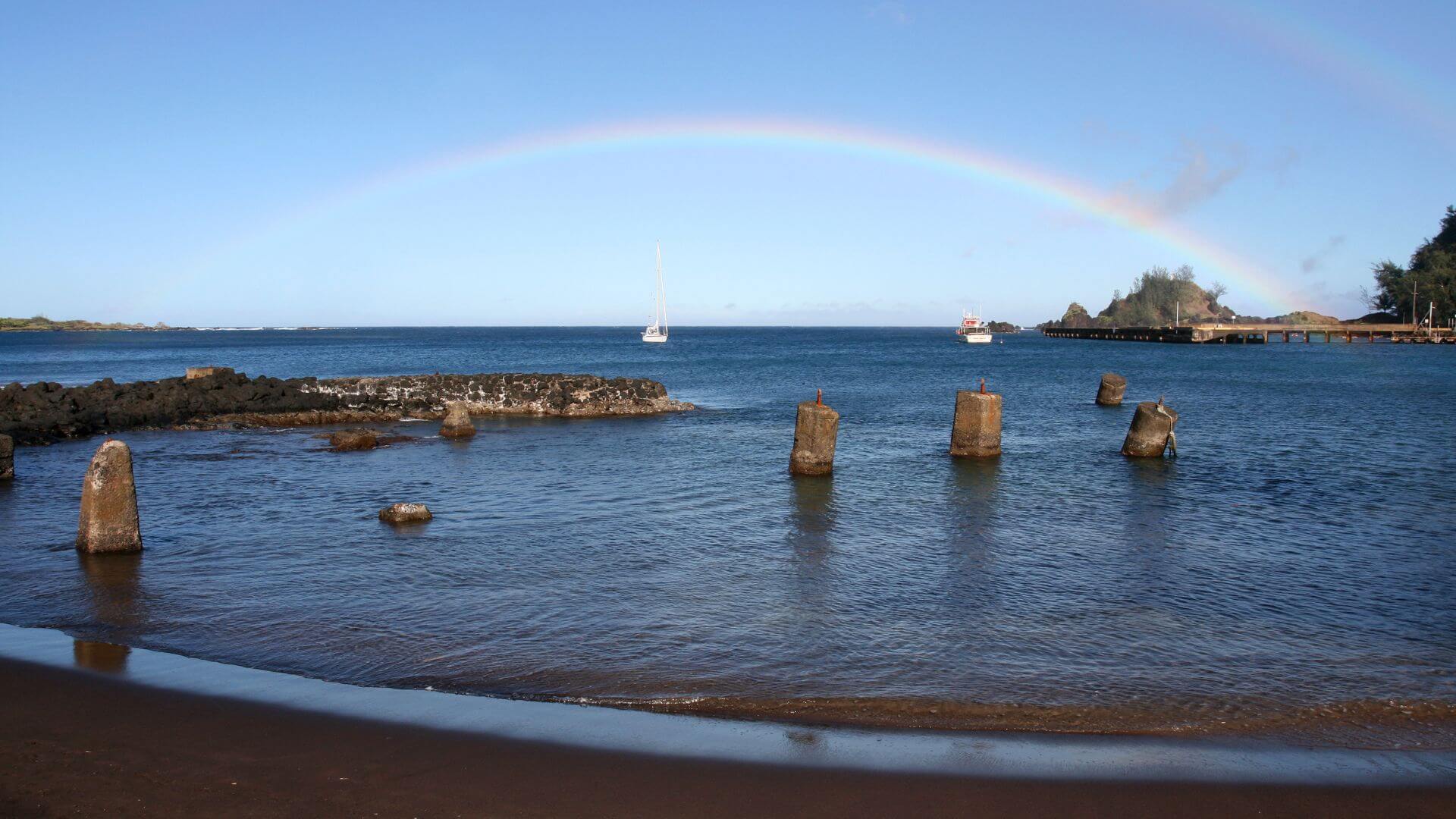
When is the Rainy Season in Maui?
The rainy season in Maui generally spans the winter months, from November to March. During this period, Maui weather features temperatures averaging between 65-80 degrees Fahrenheit, making it a comfortable time to explore the island while staying cool. However, bear in mind that rainfall can greatly differ across the island during these months.
Maui's Wet Season and Months
When planning a trip to Maui during the wet season, comprehending the variation in rainfall throughout these months is crucial. In Lahaina, on the leeward side of the West Maui Mountains, rainfall averages are lower with December being the wettest month. However, on the windward side of the island in Hana, the situation is quite different. Hana experiences significantly higher average rainfall during the wet season, with March being the wettest month.
These variations in rainfall across different parts of the island give rise to unique weather patterns and microclimates, creating a fascinating weather mosaic that is characteristic of Maui. As some regions of the island may face heavy rainfall while others remain relatively dry, Maui serves as a versatile destination catering to a variety of traveler preferences
Weather Conditions During Maui's Rainy Season
A variety of weather conditions are experienced on the island during Maui’s wet season. Here are some key points to note:
- January is typically the coldest month, with low temperatures averaging around 64 degrees Fahrenheit.
- January is also the time when you can enjoy pleasant high temperatures around 81 degrees Fahrenheit.
- Weather patterns can change noticeably throughout the day, with early mornings being less windy and an increase in wind strength as the day progresses.
Areas like the north shores and Hana often experience cooler weather with rain concentrated late in the day and overnight. In contrast, Upcountry areas like Kula and the Haleakala summit can experience more significant temperature drops, with the summit sometimes reaching below freezing in winter. Kona storms can bring heavier rains and more blustery conditions to Maui during the winter, but these storms are periodic and do not typically spoil the daily weather experience.
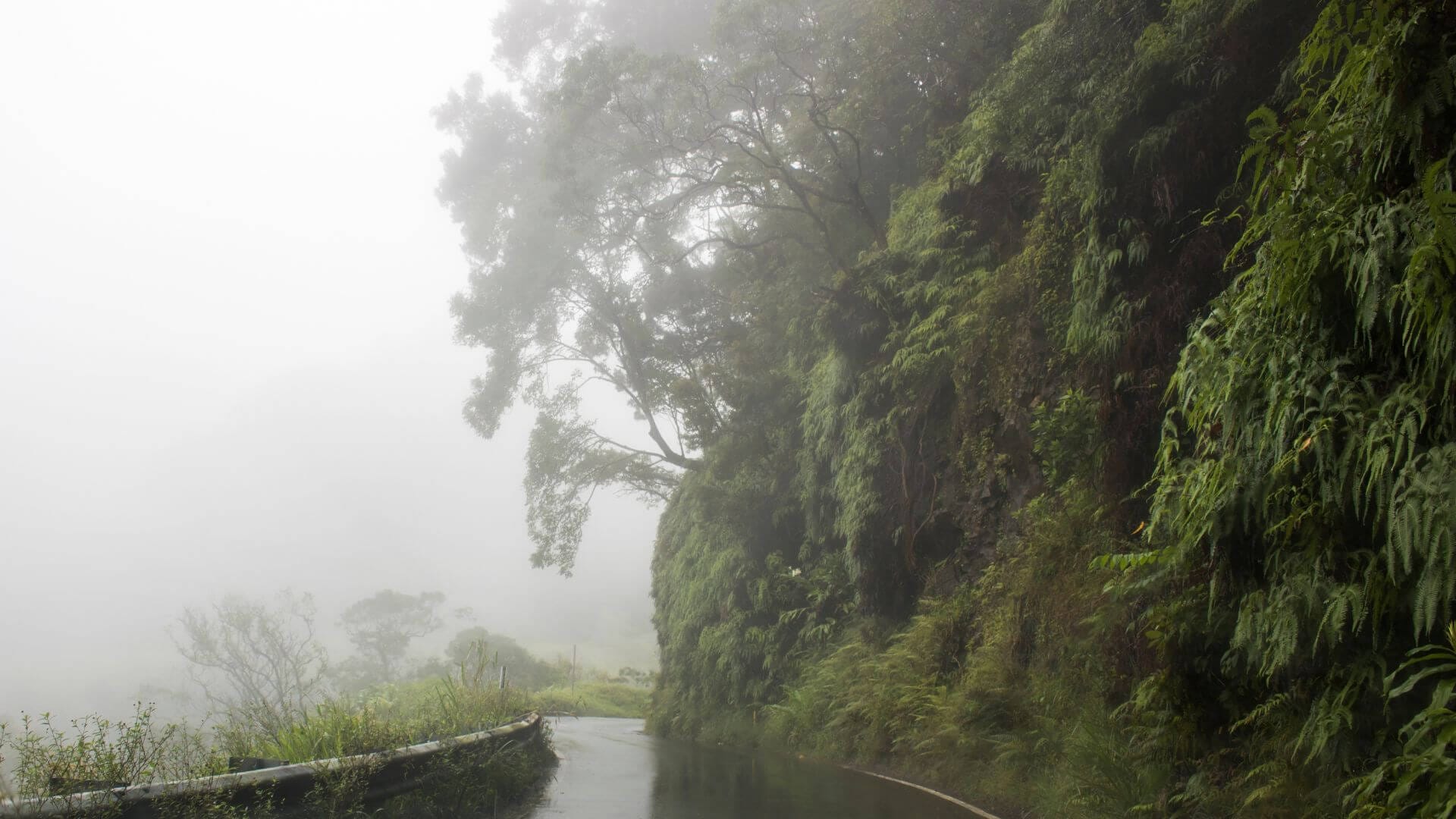
Rainfall Distribution Across Maui
Rainfall in Maui can vary dramatically within short distances. For instance, Hana on the east side receives about 400 inches of rain annually, while the Central Valley gets only about 10 inches a year. This stark contrast in rainfall is largely due to the island’s unique geography and the prevailing trade winds, creating diverse weather patterns between regions such as the south shore and north shore of Maui.
West Maui Mountains
Maui’s weather patterns are significantly influenced by the West Maui Mountains. Their topography splits the trade winds, leading to the creation of the Maui Vortex, a localized weather phenomenon. Lahaina, situated at the base of these mountains on the leeward side, receives only about 12 inches of rain per year, highlighting the sharp contrast in rainfall within a single region.
The wet season in the West Maui Mountains often sees clear mornings followed by rain squalls later in the day. This weather rhythm can impact places like Kapalua and Makena, which are located in the vicinity of these mountains. The influence of the West Maui Mountains is significant, with noticeable variability in rainfall within a single day and marked differences in annual rainfall at various locations around them.
Leeward and Windward Sides
Contrasting weather conditions are exhibited on Maui’s leeward and windward sides. Lahaina on the leeward side is drier, while places like Hana on the windward side receive more rainfall. This is largely due to the impact of the prevailing trade winds. On the windward side, rain patterns are predictable with afternoon and overnight rainfall due to trade winds pushing clouds into mountains. In contrast, the leeward sides remain drier.
The difference in vegetation across the leeward and windward slopes is also quite noticeable. The windward slopes of Maui are cooler, cloudier, and rainier with lush rain forests vegetation, whereas the leeward slopes are warmer, clearer, and drier with less vegetation.
South Shore vs. North Shore
A significant difference is observed between the rainfall and weather conditions of Maui’s South Shore and North Shore. The eastern and northern parts of Maui, especially Hana and the windward slopes, experience more rainfall, fostering lush rainforests and waterfalls. In contrast, the western and southern regions of Maui, like Lahaina and Kihei, are characterized by drier and sunnier climates due to the rain shadow effect of the mountains.
As you move towards Makena on the South Shore, you’ll notice a slight increase in rainfall compared to the drier regions of Kihei and Wailea. This is often due to the ‘Makena Cloud’ which frequently brings afternoon rain. However, mornings typically bring the best chance of clear skies in both West Maui and South Maui, offering pleasant weather conditions for early risers. In contrast, East Maui experiences different weather patterns due to its unique location.
Essentially, the Hawaiian Islands’ North Kihei and Wailea, known to be the driest areas on South Maui, offer a sunnier experience for both travelers and residents.
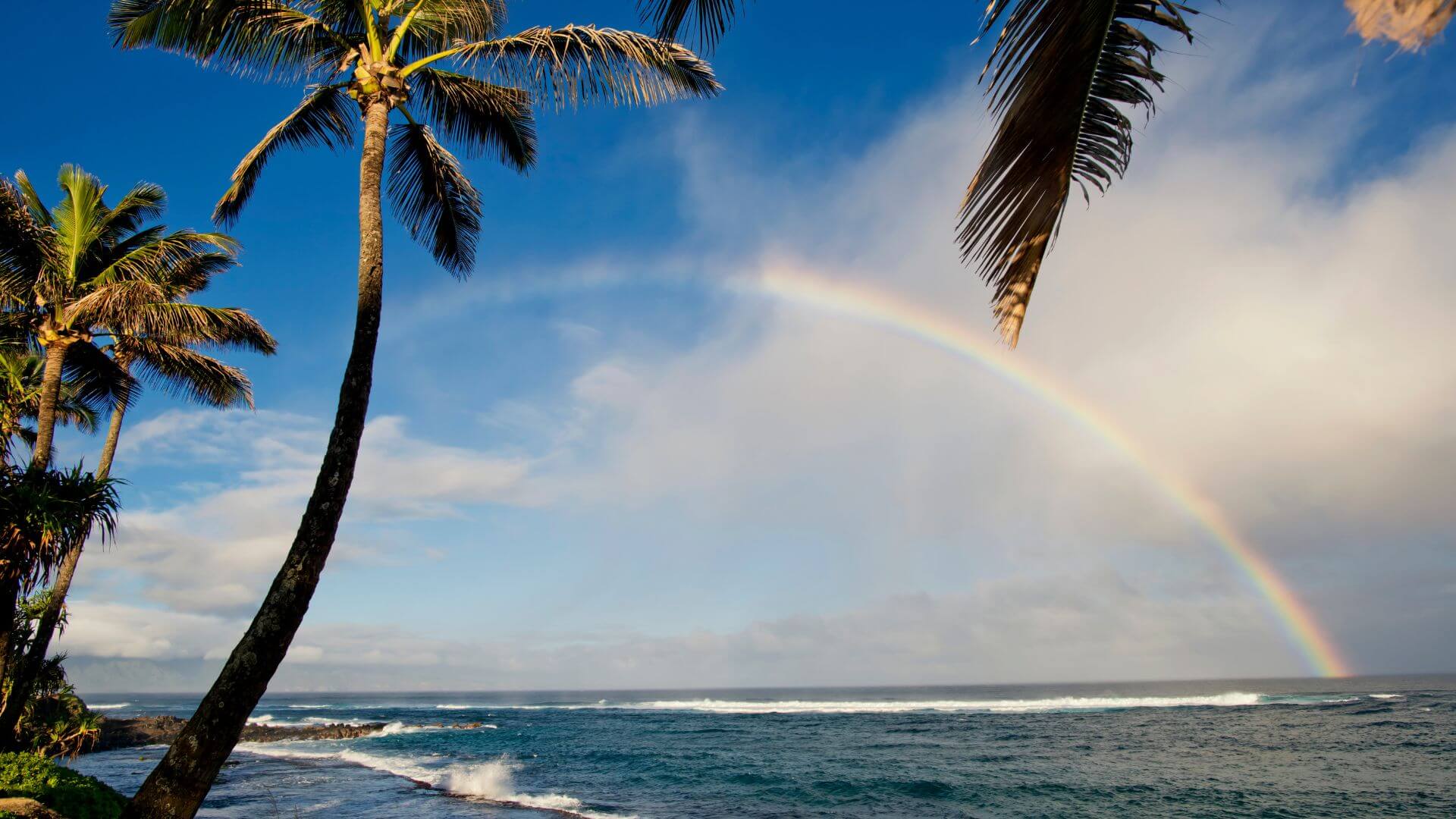
Activities and Attractions During the Rainy Season
Although Maui’s rainy season may bring a few showers, it doesn’t necessarily put an end to the fun. In fact, it’s the perfect time to explore the island’s rich cultural scene, indulge in indoor amenities, or take on an outdoor adventure. After all, a little rain never hurt anyone!
Maui Indoor Activities
Rainy days in Maui offer the perfect excuse to explore the island’s vibrant indoor scene. The Maui Ocean Center, for instance, provides an engaging aquarium experience with marine life exhibits and family-friendly events, including hula lessons and penguin feedings. If arts and culture are more your style, you’ll find numerous art galleries, visual arts centers, and live performance venues, including the historic Iao Theatre and the Maui Arts & Cultural Center, to keep you entertained.
Looking for relaxation and leisure? Consider taking part in spa treatments at Maui’s top wellness centers or get creative with painting at Island Art Party. For food and drink lovers, a brewery tour at Maui Brewing Company or a winery tour with tastings at Maui Wine could be the perfect rainy day activity. And if you’re traveling with kids, the Ultimate Air Trampoline Park offers an active indoor space that’s perfect for keeping the little ones entertained.
Outdoor Adventures
A plethora of outdoor adventures are still on offer in Maui, even during the rainy season. You could start by driving around the island to explore different micro-climates. This can lead you to drier areas suitable for sightseeing including South Maui or West Maui. Or you could absorb the history and culture of Lahaina’s Front Street, with its art galleries, shops, and historical sites, even under an umbrella.
Exploring Maui’s historic towns such as Paia, Makawao, and Kula during the rain offers strolling, shopping, and dining opportunities. Even activities like beachcombing, taking farm tours, or visiting historical sites can be enjoyed during light rain as many companies continue operations. And let’s not forget one of the best parts of a rainy day in Maui – rainbow spotting! Nothing beats relaxing on a covered lanai and watching as a beautiful rainbow forms against the backdrop of the ocean. Just remember to follow safety precautions when engaging in outdoor activities during the rainy season.
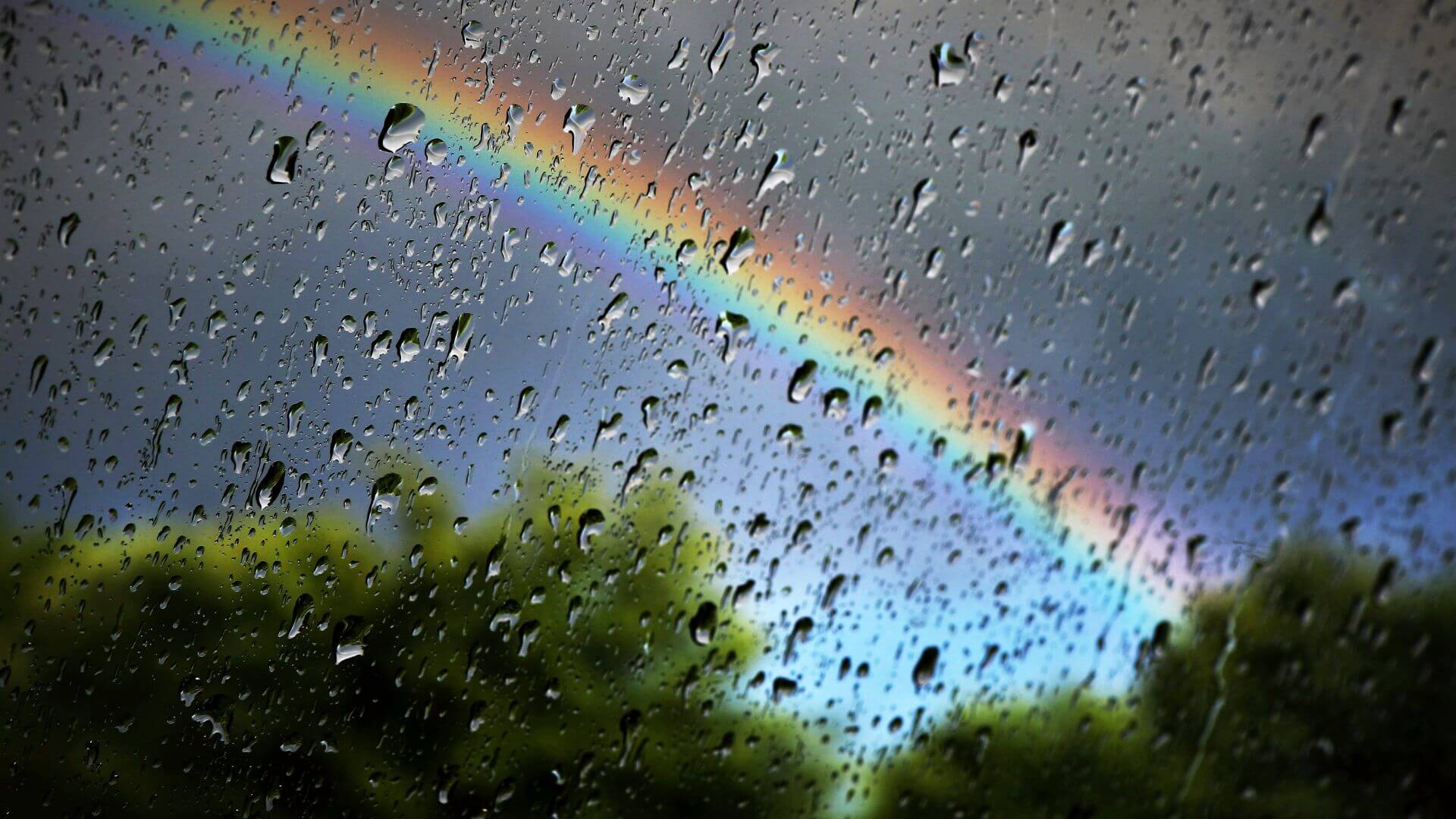
Travel Tips for Visiting Maui During the Rainy Season
A visit to Maui during the rainy season is a cherished experience, albeit one that demands a bit of extra planning and preparation.
Here are some tips to help you make the most of your rainy season visit.
Maui Packing Essentials
Packing for a trip to Maui during the rainy season may pose a challenge, but the key lies in preparing for a wide range of weather conditions. Here are some essential items to pack:
- Lightweight rain jacket to keep you dry during unexpected showers
- High-SPF sunscreen to protect your skin from the strong tropical sun
- Sun protection gear like a sun hat and sunglasses
With these items, you’ll be prepared for whatever the weather brings during your trip to Maui.
In addition to these essentials, make sure to pack versatile clothing. Include:
- Tank tops
- T-shirts
- Shorts
- Sundresses
- Long pants
to cater to varying weather conditions. Don’t forget to pack a couple of lightweight, warm sweatshirts for cooler evenings, especially if you plan to visit higher elevations. And most importantly, choose clothing made from breathable and quick-drying materials to remain comfortable in humid conditions.
Lastly, pack at least two bathing suits to ensure one is always dry, and consider chlorine-resistant materials for pool use.
Accommodation Considerations
Selecting the appropriate accommodation can significantly enhance your experience during Maui’s rainy season. Consider locations that provide coverage or indoor options in case of rainy weather. Opt for accommodations with good on-site amenities such as a spa or restaurants, which can be enjoyed even during periods of heavy rain.
When planning a trip to Maui during the rainy season, consider the following:
- Select a hotel or vacation rental that offers indoor activities or has a covered pool area to ensure entertainment options are not weather-dependent.
- When booking a place to stay, seek out properties with positive reviews for handling rainy season issues, such as prompt maintenance and good drainage.
- Lastly, verify that your selected accommodation has air conditioning or proper ventilation, as the rainy season in Maui can be humid.
Weather Updates and Safety Precautions
Maintaining updates on weather forecasts and adhering to safety precautions remain of utmost importance during Maui’s rainy season. Be cautious around flooded streams and rivers, which can rise quickly and become dangerous, especially after heavy rains. When hiking, do not attempt to cross fast-moving or swollen streams, and wait for the water to recede before crossing if necessary.
Here are some tips to stay safe during heavy rainfall and flooding:
- Keep an eye on flash flood warnings and avoid areas known for flooding, such as streams and low-lying regions.
- Avoid driving on roads where water is flowing fast, as vehicles can be swept away in as little as 12 inches of moving water.
- Carry a portable waterproof phone case to protect your phone from water damage during beach outings or water-based excursions.
Lastly, stay prepared for potential power outages by stocking up on emergency supplies such as candles, batteries, and flashlights, and always have a first-aid kit on hand for minor accidents.
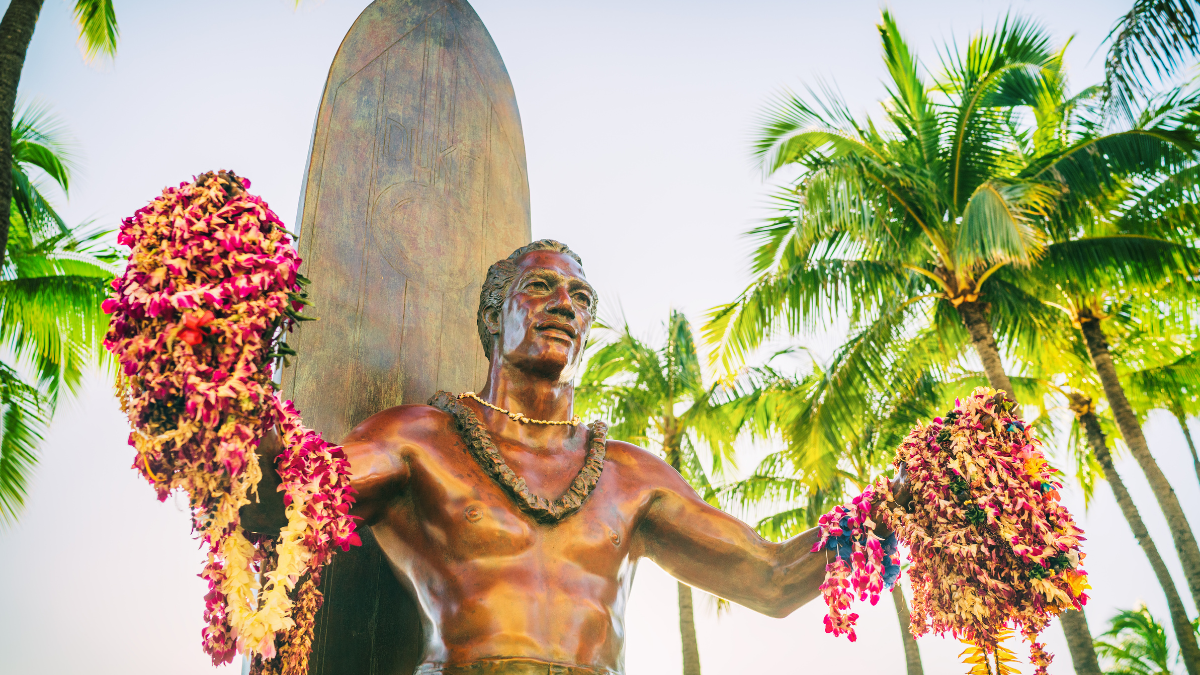
Conclusion:
Visiting Maui during the rainy season is an experience like no other. Yes, you might have to navigate through some showers and plan your activities around the weather, but that’s just a small part of the adventure. With its unique weather patterns, diverse microclimates, and an array of indoor and outdoor activities, Maui offers an experience that is as diverse as its landscapes. So pack your rain jacket, prepare for some rainbow spotting, and get ready to explore the Valley Isle in all its rainy season glory. After all, there’s no such thing as bad weather, only different kinds of good weather!
Frequently Asked Questions
What is the best month to go to Maui?
The best month to visit Maui is during the shoulder seasons of spring (April to May) and fall (September to November) when the weather is pleasant and the island is less crowded.
What is the least rainy month in Maui?
The least rainy month in Maui is June, making it a great time to visit with clear skies and minimal rainfall. So, plan your trip for some sunny Maui adventures!
What is the rainy side of Maui?
The rainy side of Maui is the west side, including Lahaina, Ka’anapali, and Kapalua, which receives nearly triple the amount of rain compared to the south side. So, if you’re looking for a wetter climate, head to the west side of the island!
What is the cheapest month to go to Maui?
The cheapest month to go to Maui is January, with flights being 20% cheaper than the yearly average. February is the second cheapest month. So, if you’re looking to save on travel expenses, consider planning your trip for January or February!
When is the wet season in Maui?
The wet season in Maui is usually from November to March. Expect more rainfall during these months!
Share:
